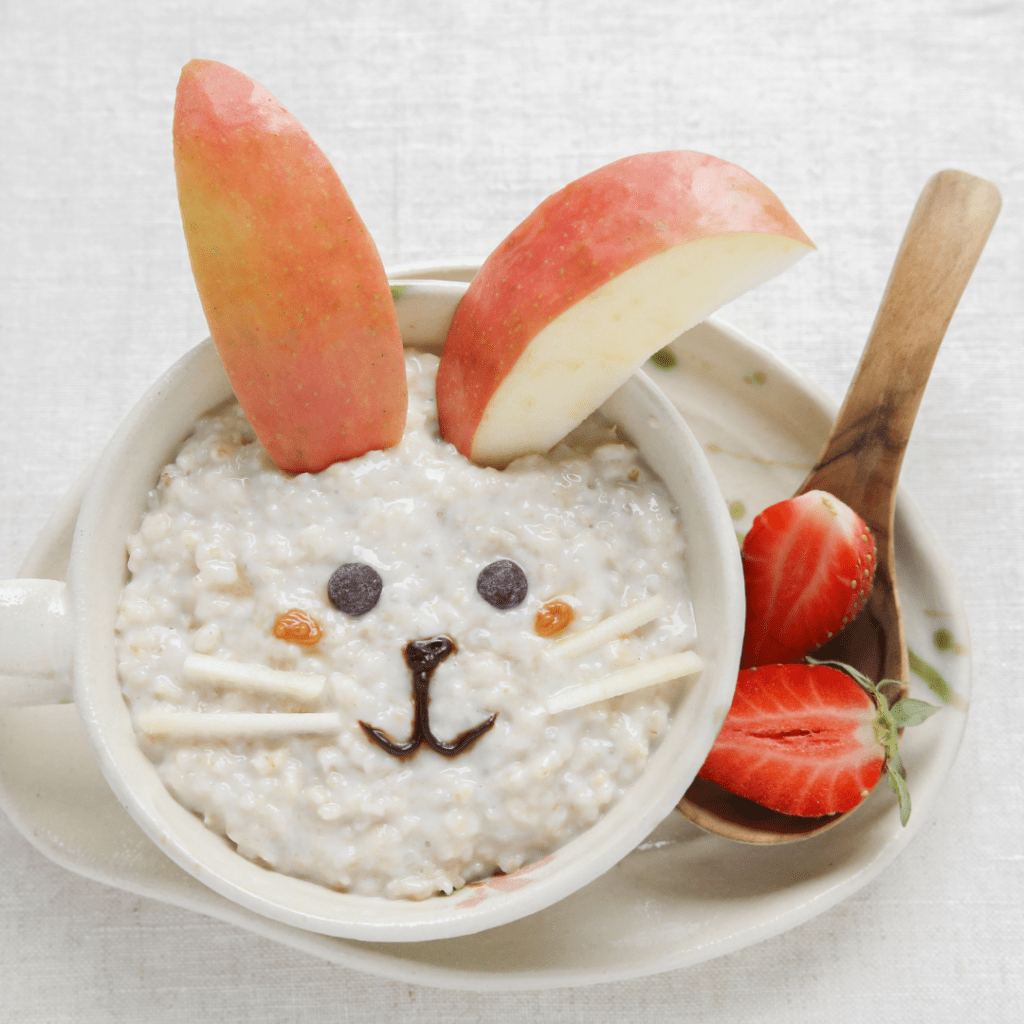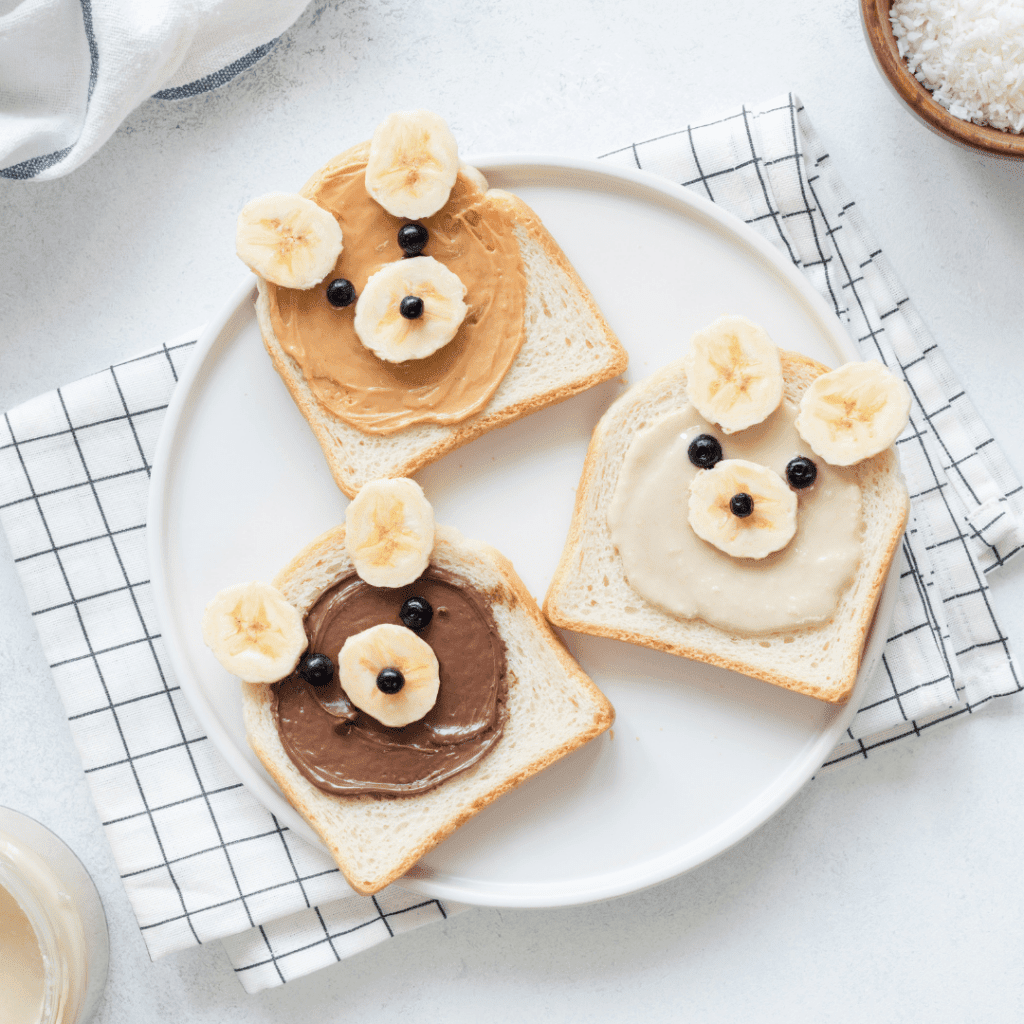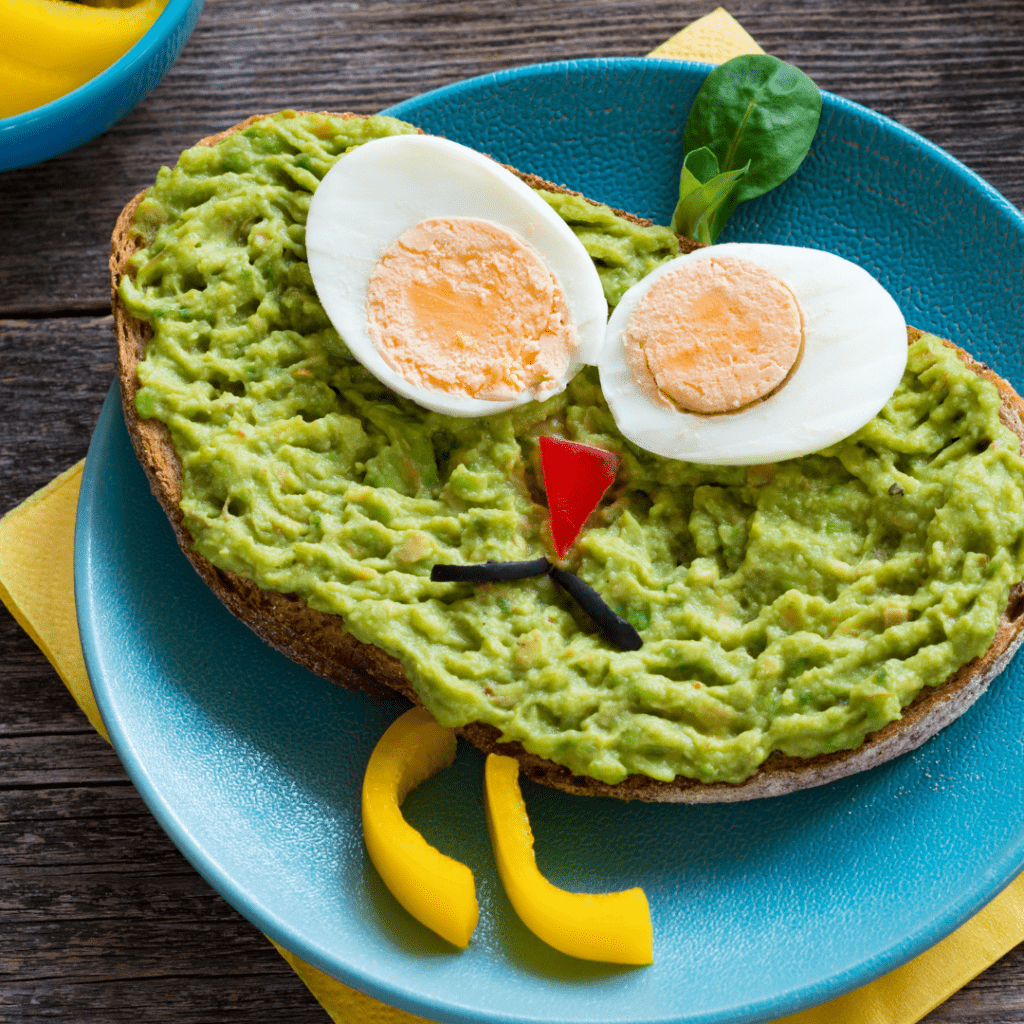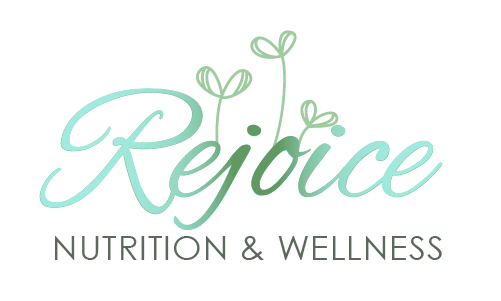The Basic 3 Pillars
As moms, we can have the best intentions in raising healthy eaters but some days it can feel like a never-ending battle to try and get your kids to eat whole foods that we don’t always have the energy for. As a parent of two kids, I know firsthand how challenging it can be to get your little eater, to your bigger teenager to want to eat whole foods, fruits, veggies, and proteins every day.
As a parent, we always want our kids to make food choices that support their growth, development, health, and happiness. However, this can be a bigger battle sometimes based on food preferences, food allergies and/or intolerances, and the just plain old “picky eaters” phases that our kids throw at us.

As a mom, chef, and nutrition professional, I know how hard it can be to come up with meals that don’t cost a ton, are quick, and most importantly give your growing child (from little fingers to teenagers) the nutrition their developing body needs. We can all get stuck in a rut and end up offering the same lunches, snacks, and dinner options because we just want them to eat. However, a “rigid diet”, which is one with little variety can lead to nutritional deficiencies, increase food sensitivities, low energy, and poor immune function. Variety is truly the spice of life!
The first part of our 3-part Raising Healthy Eaters Series, is establishing the Basic Three Pillars for Building a Balanced Plate to our Child’s Health & Wellness. This is as simple a simple place for parents to start with even the most pickiest of eaters. It is about starting with where they are at, using their top favourite foods you know they will ear without the fight in each of these 3 pillars at every meal. Regardless if we are making a quick breakfast, selecting snacks to pack in a lunch box, or planning for a main meal such as lunch or dinner, as mama’s we want to factor in the 3 pillars at each meal.
The 3 Key Pillars:
- ONE: COMPLEX CARBOHYDRATES
- TWO: HEALTHY FATS
- THREE: PROTEINS
Whether you have a toddler or a 17 year old teenager, they can have low energy, poor sleep, and frankly can just get plain HANGRY if they are not getting the proper nourishment of complex carbs, fats, & proteins in a day. When the blood sugar drops from lack of balance between those 3 needs, it will impact their moods. The “Hangry” tantrum might look different in your 3-year-old compared to your 13-year-old, but the root cause is still the same. Our child’s attention span, cognitive functioning, and temperament is directly impacted by blood sugar balance, so ensuring we follow the complex rule of 3 (fat, protein, & carb at each meal), we are supporting not just their physical health, but their emotional and mental health too.
Pillar One: Kids and Complex Carbs

I am asked all the time by families to explain the difference between Complex vs. Simple Carbs? Simple Carbs are broken down quickly by the body to be used as energy. Simple carbohydrates are found naturally in foods such as milk, and milk products. They are also found in processed and refined sugars such as candy, table sugar, syrups, and soft drinks. They are used for quick energy but NOT sustainable energy and have a greater impact on spiking blood sugars due to their make up being only one or two sugar molecules and having little to no fibre.
Complex carbs take longer to digest making us feel fuller longer, has less impact on our blood sugar, which impacts our mood and provides us with the sustainable energy we need. They are made up of multiple sugar molecules that are strung together in long, complex chains. Complex carbohydrates are found in foods such as peas, beans, whole grains, and vegetables. Complex carbohydrates are the bodies preferred source of energy, making it important for those busy little bodies and bigger growing bodies to choose the best fuel source possible to replenish, energize, and refuel them throughout the day.
Healthy complex carbs would be whole fruits, vegetables, whole grains, legumes, and beans. If you have been using the same whole wheat pasta for dinners, try and switch it up and try quinoa pasta or chickpea pasta and see how they like it? Both are full of complex carbs AND also deliver a powerful dose of 17g of protein per serving!
Pillar Two: Kids & Fats

FATS! Our kids need SO much more than we often think. Also, the reality of the North American Diet Industry is that since the 1980’s “low-fat movement”, many people are scared of fats thinking it will make them fat so we buy into the “no-fat” commercially made products that line the shelves. Often when the fat is removed, the manufacturing replaces the fat with sugar and now we have many hidden sugars in our foods. What we don’t want is to pass this thinking down to the next generation.
Healthy fat is essential for brain development, which happens rapidly from birth to the age of 7. Fat has major roles in the body; it is needed to absorb nutrients such as Vitamin A, D, E, & K. Research around the reduction of ADD and ADHD symptoms and fat intake is growing, they are essential for our gut, skin, and fats provide support and structure to every cell membrane in our body. We need fats, our growing and developing children need lots of healthy fats.
Some healthy fats include nuts and seeds (whole and in butter form) Good quality Dairy, Grass-fed meats, Fish & Seafood, Oils, Olives, and Avocados.
Pillar Three: Kids & Protein

Every Single Cell in our body contains protein and, without it, our children cannot grow and move through the development stages they need to. Protein is imperative for building new cells and repairing old cells and tissues. It is needed for immune health (protein is a key part of manufacturing antibodies in the body), energy production, building and repair muscles. Our skin can sag and muscle wasting in the body can occur from protein deficiency.
If your family is plant-based, or if you eat animal protein, or if it is a mix of both protein needs are essential. “A complete protein” has all 9 amino acids in it. Complete proteins include animal proteins, dairy products, tofu, and quinoa. For more plant-based protein to become complete, we use what is called “Food Combining.” Food Combining is where we combine particular foods together to create a “complete protein.” For kids who can’t eat or won’t eat meat or dairy, food combining is critical.
Here are some complete protein ideas: Beans & Rice, Legumes & Almonds, Hummus (Chickpea & Tahini), Nuts & Seeds, Fish, seafood, grass-fed meats, good quality dairy.
Making It Work

Looking at the foods they already love within these three pillars and building your child’s plate this way can. This way we are not changing what they are eating but how we are pairing foods at meals is the first place to start. This way they do not have too much change all at once, “new foods” can spark some fear and anxiety in picky eaters so starting where they are at is key.
Start here at your child’s meal time, and in part two, we will talk about some tricks and tips in how to introduce new nutrient-dense whole foods into your child’s meals in a way that does not start a food strike in the home. Simple and real tips that work! See you next time for Part Two of Raising Healthy Eaters.
In great health,
Jo
PS: Check out my Raising Healthy Eater Ebook! over 168-pages of top tips and tasty recipes!



